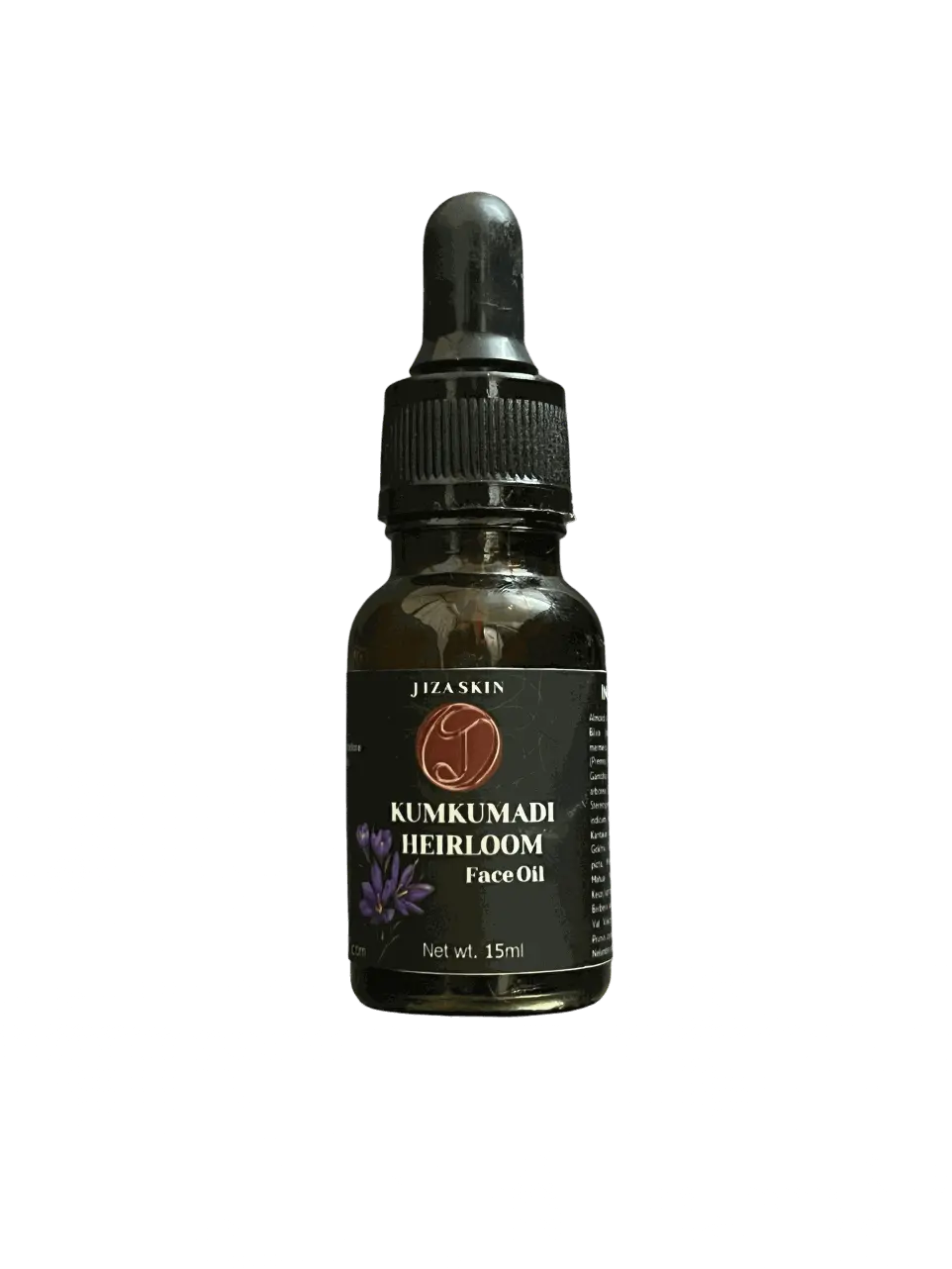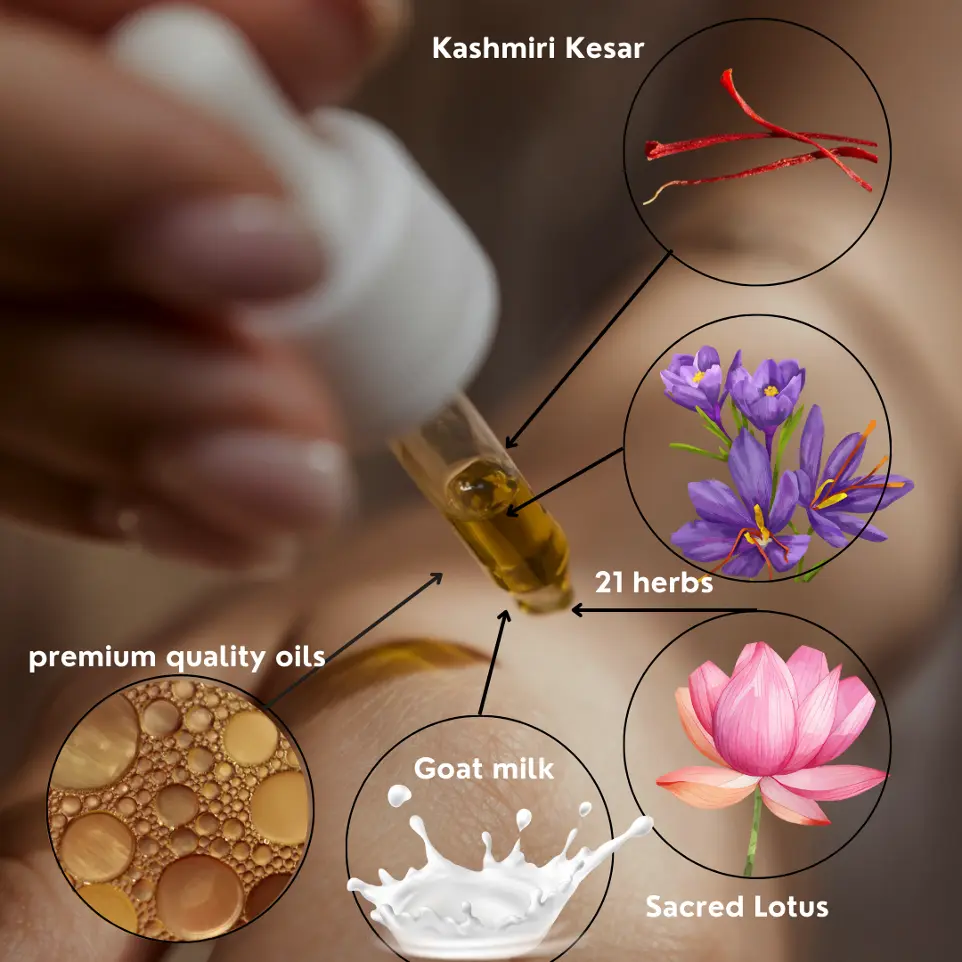In today’s wellness landscape, detoxification is a popular practice, embraced by many seeking to improve their skin health, boost energy, and restore balance to their bodies. Modern detox trends, such as fasting, juice cleanses, and herbal supplements, have gained widespread attention. But among the most holistic and historically rooted detox systems is Ayurveda—an ancient Indian healing tradition that views detoxification not merely as a physical process but as a means to restore balance to the mind, body, and spirit. A cornerstone of Ayurvedic detoxification is Panchakarma, a therapeutic regimen designed to cleanse and rejuvenate the body. As modern science continues to explore the benefits of detoxing, it’s fascinating to observe how Ayurvedic practices align with current scientific findings on detoxification and its impact on wellness.
Understanding Ayurvedic Detox: The Role of Panchakarma
At the heart of Ayurvedic detox is the practice of Panchakarma, a comprehensive five-step process aimed at deeply cleansing the body, balancing the doshas (Vata, Pitta, and Kapha), and promoting holistic health. The five procedures of Panchakarma include:
- Vamana (Therapeutic Vomiting): This technique clears excess mucus, particularly useful for those with Kapha imbalances, often leading to respiratory conditions.
- Virechana (Purgation): A process of cleansing the digestive tract, it is especially effective in addressing Pitta imbalances, which are often associated with inflammatory conditions such as acne or skin irritation.
- Basti (Enema Therapy): Using herbal oils or decoctions, Basti cleanses the colon and supports overall digestion, particularly beneficial for Vata imbalances linked to constipation and digestive discomfort.
- Raktamokshana (Bloodletting): Although rare today, this technique purifies the blood and is considered useful for skin conditions like eczema or psoriasis.
- Nasya (Nasal Cleansing): Through the introduction of herbal oils into the nostrils, Nasya clears the head, promoting mental clarity and relieving sinus congestion.
Panchakarma aims to balance the body’s energies and eliminate ama—a term in Ayurveda referring to accumulated toxins due to poor digestion or lifestyle habits. This holistic approach goes beyond just physical detoxification to include emotional and mental rejuvenation. Panchakarma encourages detoxing not only through external therapies but also through dietary changes, lifestyle adjustments, and mindfulness practices.
Modern Detox Trends and Their Connection to Ayurveda
While modern detox methods often focus on short-term cleanses, Ayurvedic detox practices view the process as an ongoing commitment to maintaining balance. For example, popular trends such as intermittent fasting and juice cleanses emphasize digestive rest and nutrient-rich liquid consumption to encourage detoxification. These methods can complement Ayurvedic principles, especially in terms of promoting digestion and eliminating toxins.
Intermittent fasting, which involves cycling between periods of eating and fasting, has been shown to promote autophagy—a cellular repair process that plays a role in detoxifying the body. In Ayurveda, fasting is not a new concept. Ayurvedic texts have long advocated for occasional fasting to enhance the digestive fire (Agni) and remove accumulated waste. Studies have supported this idea, suggesting that fasting can improve metabolic health and reduce oxidative stress (Longo et al., 2015). This aligns with Ayurvedic recommendations, which stress the importance of optimal digestion for overall well-being.
Similarly, juice cleanses focus on nourishing the body with nutrient-dense liquids while eliminating solid food to give the digestive system a break. In Ayurveda, a similar approach is taken with monodiets (eating one type of food for a period of time) and liquid cleanses using herbal teas or soups to support detoxification.
Herbal supplements commonly used in modern detox trends, such as Turmeric, Ashwagandha, and Triphala, are also deeply rooted in Ayurveda. These herbs have been shown to have anti-inflammatory, antioxidant, and digestive benefits, aligning with modern scientific research. For instance, turmeric, a well-known Ayurvedic herb, contains curcumin, which has been extensively studied for its anti-inflammatory properties and its ability to reduce oxidative stress (Saha et al., 2016). Similarly, Ashwagandha, an adaptogenic herb used in Ayurveda, has been shown to reduce cortisol levels and support adrenal function, which can enhance the body’s natural detox processes (Chandrasekhar et al., 2012).
The Science Behind Detoxification
The science of detoxification revolves around the body’s natural detox systems—the liver, kidneys, intestines, skin, and lymphatic system. The liver, for example, filters toxins from the bloodstream, while the kidneys eliminate waste via urine. However, when these systems are overwhelmed due to poor diet, stress, or environmental pollutants, toxins can accumulate in the body, leading to health issues such as fatigue, digestive problems, and skin disorders.
Modern science increasingly supports the idea that detoxification can promote skin health and overall wellness. Oxidative stress, a key factor in aging and inflammation, is linked to various skin conditions, including acne, eczema, and psoriasis. By reducing oxidative stress, detoxification helps restore healthy skin. Studies on herbal remedies commonly used in Ayurveda, such as Triphala, have demonstrated their role in improving gut health and skin health. Triphala, for example, has been found to support liver function, which plays a key role in detoxification (Khare et al., 2008)
Skin Health and Detoxification
The skin is not just a barrier—it’s also an organ of elimination. When the body’s detoxification processes are overwhelmed, toxins are often expelled through the skin, leading to inflammation, acne, and other dermatological issues. Ayurveda has long recognized the link between digestion and skin health, advising individuals to improve their digestive fire (Agni) and cleanse the body to prevent skin problems.
In modern research, detoxification is associated with the reduction of skin inflammation and oxidative stress. A study published in the Journal of Investigative Dermatology found that oxidative stress plays a significant role in the development of acne and other skin conditions, supporting the Ayurvedic view that proper detoxification can help clear the skin (Darr et al., 2002). Additionally, herbal interventions used in Ayurveda, such as turmeric and neem, have shown promise in reducing acne and improving skin tone due to their anti-inflammatory and antibacterial properties (Sivamani et al., 2011).
Gut Health and Detoxification
Gut health is central to both Ayurvedic detox practices and modern scientific detoxification. Ayurveda emphasizes the importance of maintaining a balanced digestive system to prevent toxin accumulation. Modern research underscores the significance of a healthy gut microbiome in supporting detoxification. Studies have shown that the gut plays a critical role in the elimination of waste and toxins, and disruptions to the microbiome can impair detox processes, leading to skin issues and other health problems (Zhao et al., 2018).
Triphala, a well-known Ayurvedic herbal formulation, is often used in detoxification programs due to its ability to support digestion and improve gut health. Studies on Triphala have shown that it promotes gut motility and has antioxidant properties that protect the liver and intestines from oxidative damage (Khare et al., 2008). This aligns with modern research that highlights the gut-liver-skin axis—suggesting that a healthy gut and liver are key to clear skin and overall detoxification.
Integrating Ayurveda with Modern Detox Practices
Ayurvedic detoxification methods, such as Panchakarma, offer a comprehensive approach that addresses not only the physical body but also emotional and mental toxins. In contrast, modern detox practices often focus on short-term cleanses, yet they share similarities with Ayurveda in their emphasis on digestion, the elimination of waste, and supporting the body’s natural detox systems.
Both Ayurveda and modern science recognize the importance of detoxification for skin health and overall wellness. Scientific research has begun to validate the benefits of Ayurvedic herbs, such as turmeric and Triphala, in supporting liver function, reducing inflammation, and improving gut health. By integrating Ayurveda’s time-tested practices with modern detox trends, individuals can achieve a balanced and sustainable approach to detoxification that enhances both physical health and mental clarity.
References
- Chandrasekhar, K., Kapoor, J., & Anishetty, S. (2012). "A randomized double-blind, placebo-controlled study of the effects of Ashwagandha (Withania somnifera) on stress and anxiety." Indian Journal of Psychological Medicine, 34(3), 255-262.
- Darr, D., Combs, S. F., & Travis, J. D. (2002). "Oxidative stress and acne vulgaris." Journal of Investigative Dermatology, 119(6), 1446-1454.
- Khare, C. P., & Verma, D. (2008). "Triphala: A multi-faceted Ayurvedic remedy." Phytotherapy Research, 22(9), 1254-1259.
- Longo, V. D., & Mattson, M. P. (2015). "Fasting: Molecular mechanisms and clinical applications." Cell Metabolism, 12(2), 149-158.
- Saha, S., et al. (2016). "Curcumin: The Ayurvedic wonder." Journal of Clinical Oncology, 34(12), 1433-1439.
- Sivamani, R. K., et al. (2011). "Turmeric (Curcuma longa) and its potential role in the treatment of acne." Indian Journal of Dermatology, 56(6), 656-658.
- Zhao, L., et al. (2018). "Gut microbiota and liver interactions in health and disease." Nature Reviews Gastroenterology & Hepatology, 15(2), 62-74

